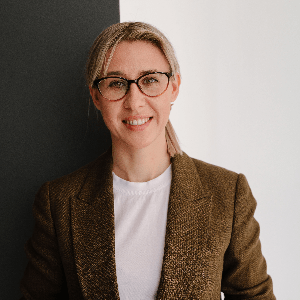What does freemium mean?
Freemium is a pricing model where the customer can access the basic features of your product for free but needs to pay for more advanced features. Usually used for tech products or apps, freemium allows people to try your product for free to learn how to use it and how it benefits them.
Is freemium different from a free trial?
Yes, a free trial only gives users access to your product for a limited time, whereas freemium subscriptions allow people to use your product for free indefinitely. A freemium model is more likely to retain users than a free trial because they don’t need to pay anything to continue using your software.
The longer someone uses your product for free and gets used to its benefits, the more likely they will be to upgrade to a paid subscription.
Examples of freemium models
Spotify and YouTube offer freemium models. You can access both services without paying a subscription fee. On the free version, customers see adverts they can’t skip. They will need to upgrade to a paid, premium version if they want unlimited use without adverts.
Other freemium models offer you a limited number of downloads or limited access to product features. With the design tool Canva, for example, the library of resources is only fully accessible to those with a paid subscription.
Pros of a freemium subscription model
Offering a free version of your product means more people can try it without any barriers. You can reach a wider audience and grow faster as more people convert to paying customers.
It’s far easier to convert people already using your product than to convert cold leads. Showing your free users what they’re missing out on by not upgrading is a simple way to encourage them to become paying customers. You may not get your freemium users to become fully paid users, but you can still upsell them.
People are more likely to share a product that is not behind by a paywall, so a freemium can help boost your word-of-mouth and referral marketing efforts.
A freemium model can help you predict your monthly income. If you know a certain percentage of users convert from a freemium to paid subscription each month, you have more reliable figures for your monthly forecasts. When you rely solely on income from advertisers, it’s harder to predict how much they will spend each month.
Related: Everything you need to know about Customer Acquisition Cost (CAC) and Monthly Recurring Revenue (MRR)
Cons of a freemium subscription model
A freemium model can cost your business heavily if the majority of your customers use the product without paying for it. Deciding where to put the paywall can make or break whether people become paying customers. If you don’t position your paywall effectively, it could reduce the chances people become paying customers.
A freemium model could waste your time and money if you have a product that takes a lot of time to onboard new users.
Tracking how well your freemium model performs
The best metric to track your freemium performance is the conversion rate from free to paid users.
While offering a freemium version of your service may not work for every business model, it’s a great option to consider when deciding how to monetize your startup.



